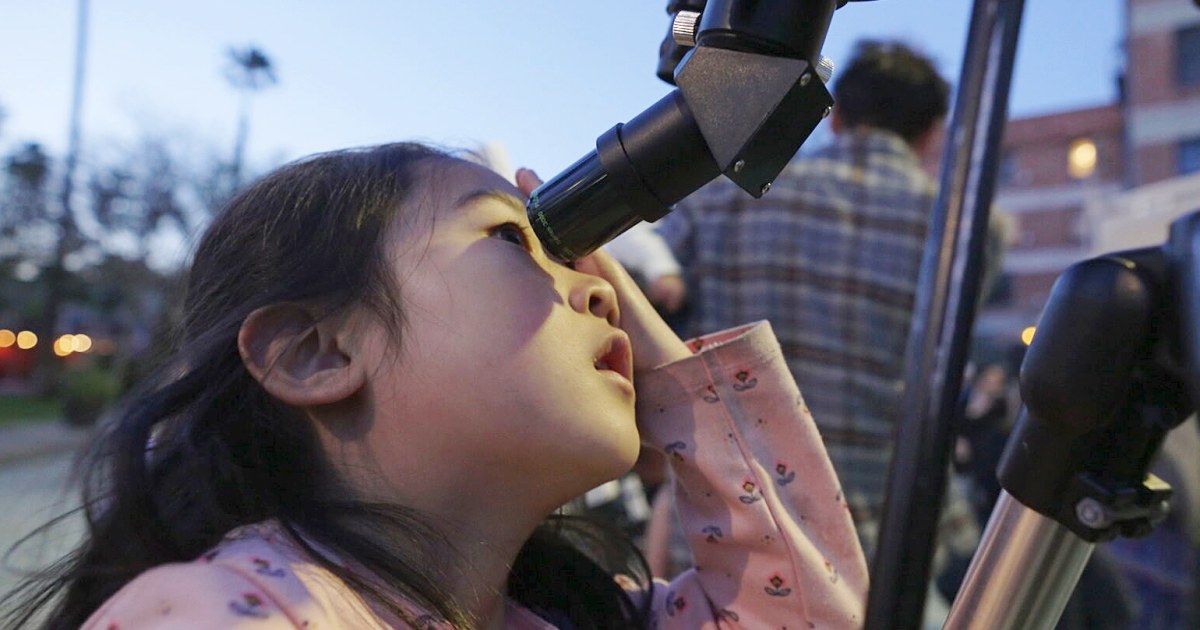
Low Earth Orbit
Low Earth Orbit (LEO) is a region of space that is relatively close to Earth, extending from the Earth's surface up to an altitude of approximately 2,000 kilometers. Satellites in LEO orbit the Earth at a high speed, completing one orbit in about 90 minutes. LEO is an important region for space exploration and satellite operations due to its proximity to Earth, which allows for relatively low latency communication and easy access for spacecraft. However, LEO is also subject to atmospheric drag, which requires satellites to periodically boost their altitude to maintain their orbit. Additionally, LEO is a crowded region of space, with many active satellites and debris, which poses a risk of collision for spacecraft.
Your Previous Searches
Random Picks
- Polymers: Polymers are large molecules made up of repeating subunits called monomers. In the context of space and astronautical engineering, polymers are used in a variety of applications such as spacecraft construction, thermal protection systems, a ... Read More >>
- Meteorological Observations: Meteorological observations refer to the collection, analysis, and interpretation of data related to weather and climate conditions. These observations are crucial for understanding and predicting weather patterns, as well as for providing ... Read More >>
- Infrared Imaging: Infrared imaging is the process of capturing and analyzing the infrared radiation emitted by objects in order to create images. Infrared radiation is a type of electromagnetic radiation that has longer wavelengths than visible light, and is ... Read More >>
Top News

Easter's date remains divisive. Some church leaders want that to change...
Eastern and Western churches will celebrate Easter on the same day this year, while marking 1,700 years since the Council of Nicaea unified Christian doctrine...
News Source: ABC News on 2025-04-19

In a city of stars, Los Angeles astronomy club makes sure to keep looking up...
LOS ANGELES — While Los Angeles is home to the biggest stars in the world, a monthly get-together is proving that the city’s rich and famous have nothing on the universe....
News Source: NBC News on 2025-04-18

This week on "Sunday Morning" (April 20)...
A look at the features for this week's broadcast of the Emmy-winning program, hosted by Jane Pauley....
News Source: CBS News on 2025-04-17

Scientists detect strongest hints yet of life on a distant planet...
Scientists have detected unique chemical patterns similar to those produced by the Earth's algae and seaweed — raising the possibility of the presence of a warm ocean, perhaps teeming with life, on ...
News Source: NBC News on 2025-04-17

Is there life on another planet? Scientists find the strongest evidence yet...
Near a planet far, far away astronomers have found traces of chemicals that on Earth are only produced by living beings....
News Source: Al Jazeera English on 2025-04-17